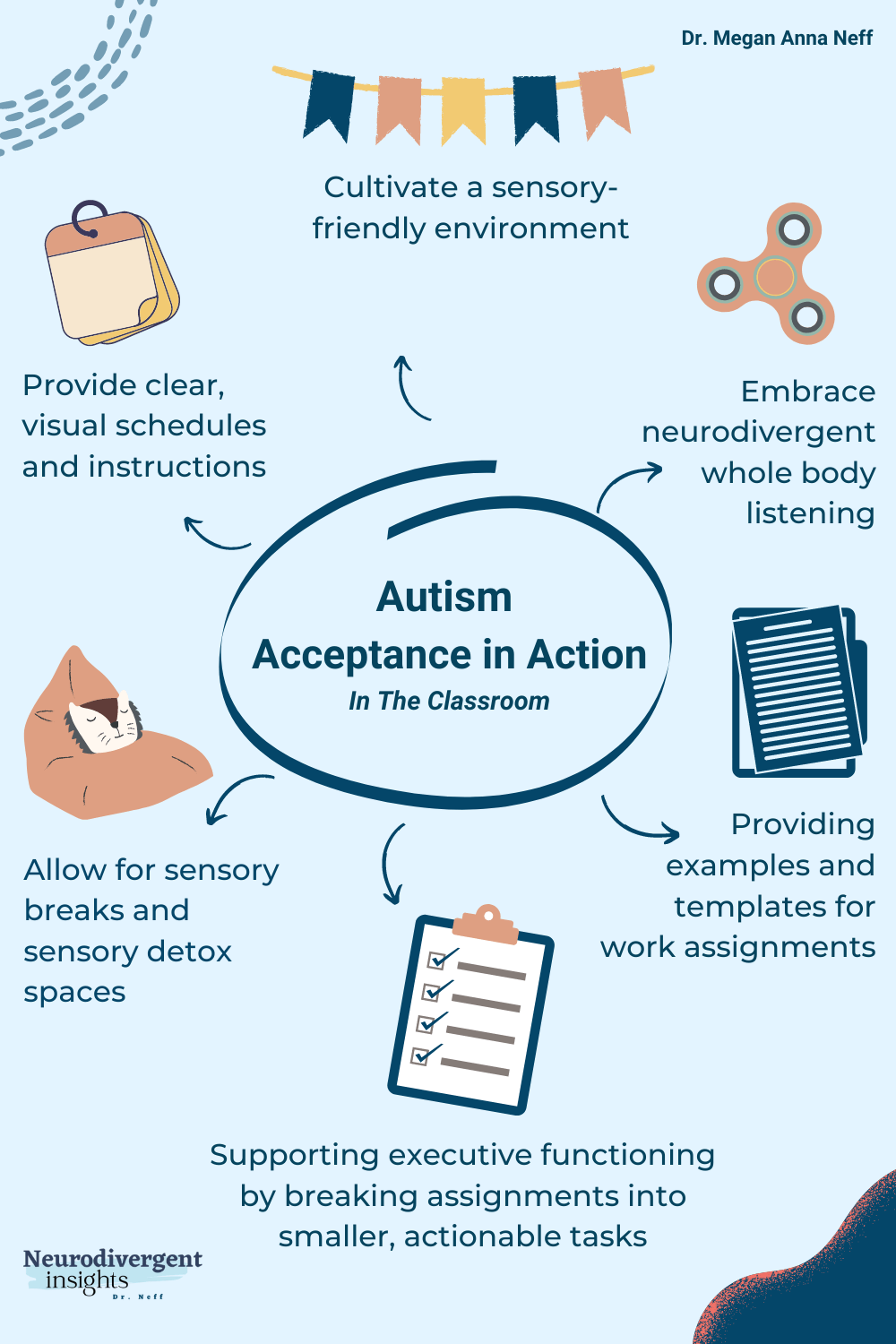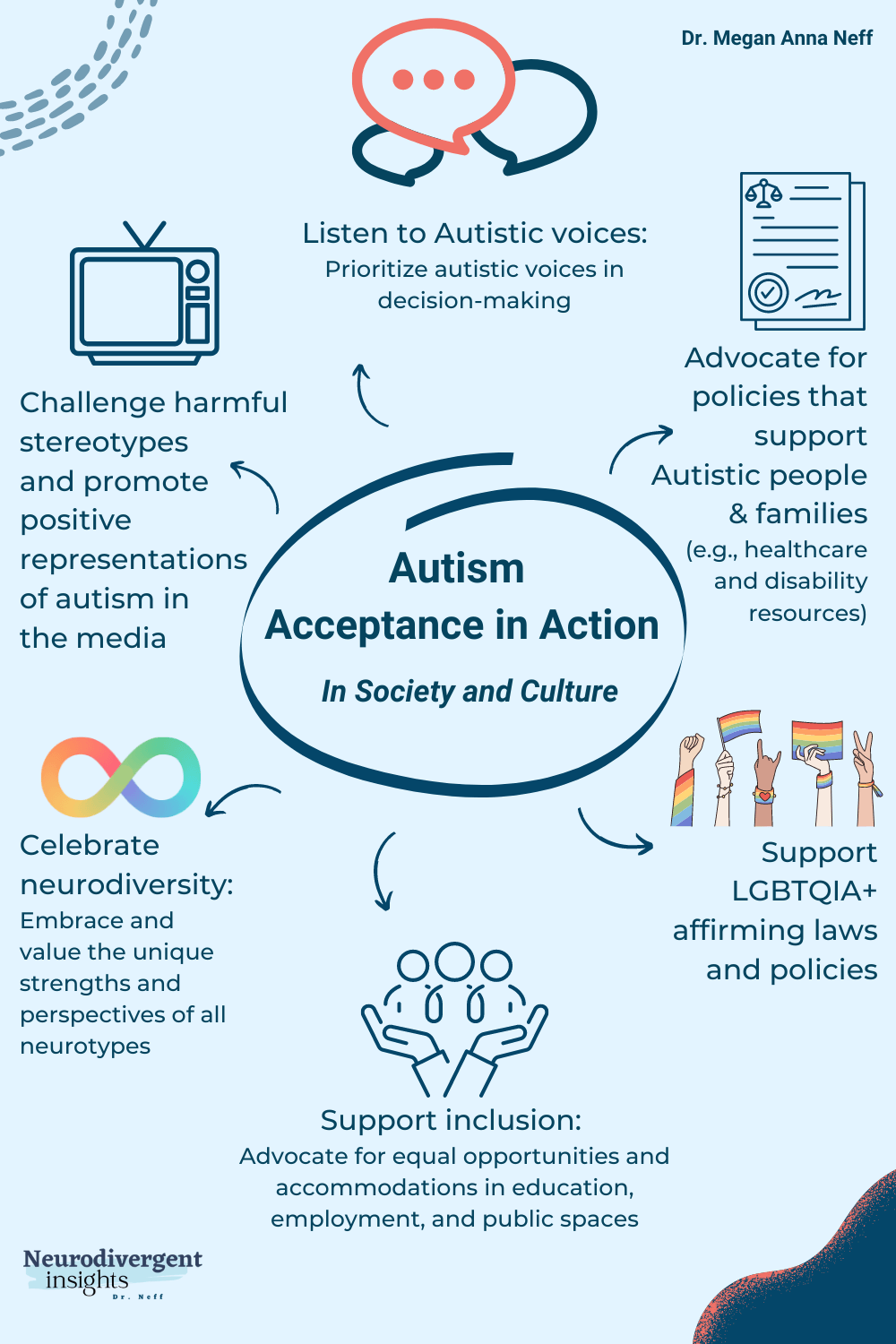5 Super Common End-of-Year Behavior Issues (Plus How to Address Them!)
You are not alone.
There is no tired like end-of-the-school-year teacher tired. There are so many reasons why it’s so exhausting, but the most common reason of all is the end-of-the-year student behaviors that can sometimes seem impossible to manage. From our students’ lack of focus to disregard for rules that were previously easy to enforce, student behaviors that arise during this time of the school year can make it seem like the last day of school won’t ever arrive.
But just because it’s the end of the year doesn’t mean that we should throw in the towel on managing these incessant behaviors. Take the opportunity to help students continue to practice appropriate behaviors, while still building our student-teacher relationships and relationships among students. Let’s take a look at the most common behavior issues that arise during the end of the school year and how we can manage the behaviors to end the school year on a positive note.
1. Excessive Talking
What it looks like: You’re teaching a lesson and students won’t stop talking. You’re trying all of your classroom-management strategies to no avail. Even your most quiet students are whispering to their friends sitting at their table team.
Why it’s happening: Your students are excited and know the end of the year is near. The weather is getting warmer and students are starting to check out of an academic mindset and check into a summer-planning mindset. And to be totally honest, so are most teachers! So, why not join them?
How to respond: Let your students know you know how they’re feeling. You get that they’re excited for the upcoming end-of-the-school-year events and that summer vacation is almost here. Remind students that they still need to get work done, but there will still be opportunities to talk to their peers. Put a timer on for three minutes (or more or less) and tell students they have three minutes to talk. When they hear the timer, it’s time to focus. If they can focus on the lesson (remember to keep your lessons short, if possible), then you can make their “talk time” longer.
Book to read: My Mouth Is a Volcano!
2. Incomplete Work
What it looks like: As you’re collecting work and grading, you notice that three-quarters of your class didn’t turn in the math assignment. You also see that Lucy and Daisy, who did turn in their assignment, have rushed through their work and have done the least possible to get a completion grade.
Why it’s happening: Students know that state and district summative testing is over and that report cards are most likely already finalized. They feel they don’t have to turn in work or even finish assignments because, to them, it’s not a part of their grade.
How to respond: If students aren’t going to complete their work, take a look at the work you’re asking them to complete. Is it meaningful to your students? Do you even need it for a grade? If the answer is “no” to both of those questions, then don’t assign those assignments. Instead, have students complete work that will keep them engaged and give them ownership. Rather than assigning students a math worksheet to complete, have them make a game board that is based on the math skills they’ve learned. Have students create their own Reader’s Theatre that is based on a story instead of simply writing a summary on notebook paper.
Book to read: The Koala Who Could
3. Defiance
What it looks like: You’re teaching a lesson and Joey is wearing his headphones and listening to music on his Chromebook. You ask him to turn it off and remind him of class expectations, and he looks at you and says “no.” In your mind, you’re thinking a million things, and on the exterior, you’re trying to keep it cool and think of how to respond.
Why it’s happening: Even though most students are excited about the break from school, there are students who have anxiety about summer vacation approaching. For some students, school is their constant and their only routine, meaning that summer vacation might bring added stress and anxiety of the unknown. Having this anxiety could spark students to be defiant or have outbursts in class.
How to respond: QTIP! This means, Quit Taking It Personally. Student behavior is a form of communication, and a student like Joey blatantly telling you “no” is his way of communicating something else. If this happens during a lesson, don’t engage with the student in that moment. Let him listen to the music, and when your other students are working, talk to Joey in a safe space. Get to the root of the issue rather than letting anger take control.
Book to read: That Rule Doesn’t Apply to Me!
4. Drama
What it looks like: Emma and Lola, who are usually best friends, come in from recess and immediately come to you crying. Apparently, Emma was playing with Chloe and Lola was upset because Emma is not allowed to play with anyone but her. Emma feels like Lola is too controlling and wants to have new friends.
Why it’s happening: Sometimes classmates and friends can form relationships that are like siblings, and spending too much time together can take a turn for the worse and make students blow up at each other. Everyone needs a break.
How to respond: Listen to both students individually so you can hear both of their stories and so they each feel heard. Bring the students together and have them tell each other what they told you. Mediate the conversation and bring the students to an agreement. Have them come to a decision about how they’ll move forward to finish the year on a good note.
Book to read: The Circles All Around Us
5. No Motivation
What it looks like: Students have lost interest and are not motivated to put in their best effort. They’re turning in sloppy work and almost seem lethargic. It seems like they’ve forgotten all classroom procedures and are just wild and carefree.
Why it’s happening: Students are obviously checked out. They know the end of the school year is near and they’re ready for summer. They could also be dealing with anxiety of the unknown in their home lives as summer approaches.
How to respond: Let your students know that you understand how they’re feeling. Also remind them that they still have tasks to complete and learning to do until the very last day of school. Set daily goals for your whole class and announce them at the beginning of the day.
Book to read: Lazy Ninja






